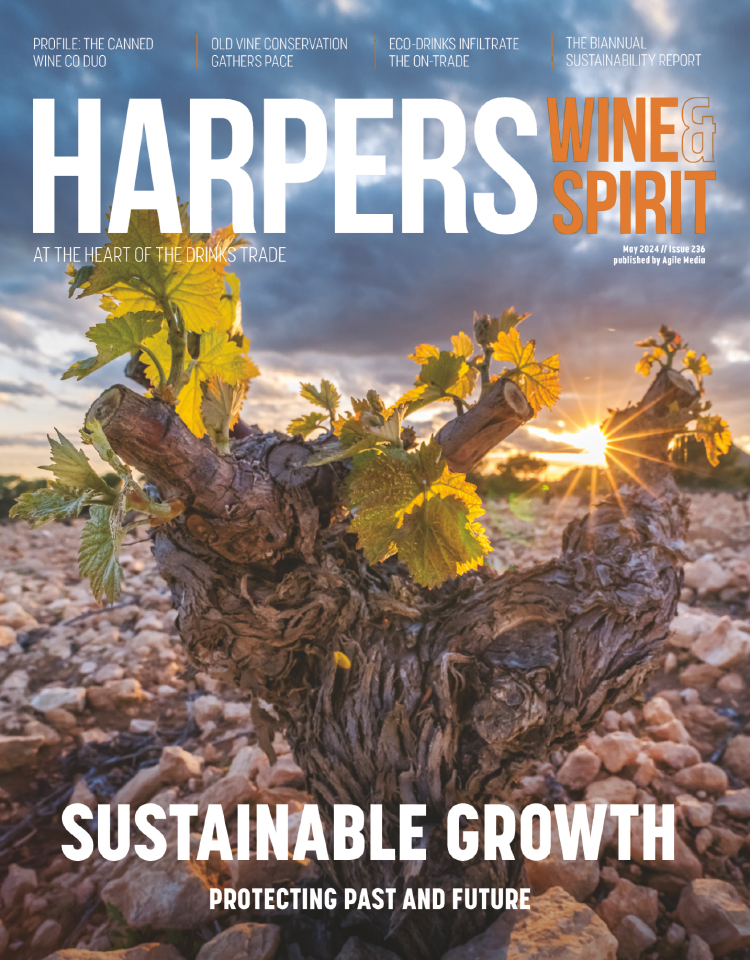
Indian summer and 2015 reserves help to bolster troubled Loire harvest
One of the world's preeminent winemaking regions has bounced back following a troubling year, with ideal weather conditions at the close of the season helping grapes to reach "peak levels" of ripeness.
According to InterLoire, the association for Loire Valley wines, this year's harvest shows good balance and with the ability to keep up with market needs, despite an estimated across-the-board fall in volume of 25% compared to 2015.
In the Upper Loire, good grape health combined with harvest weather conditions (sun, rain and wind each taking turns centre stage) have led to a juice yield of Sauvignon grapes often 10-15% higher than initially predicted, as is the case in the Loir-et-Cher area and also the nearby Touraine AOP.
This is slightly less so in the Indre-et-Loire area, which is forecasted to see a 30% fall on 2015 levels.
In the Lower Loire, September's perfect weather conditions also helped to resurrect Melon de Bourgogne grapes - used to make Muscadet - from the impact of frost and hydric stress earlier in the year.
The association said grapes are high in quality and in health, showing a range of "concentrated, flavoursome, fresh wines".
Chenin is being touted as the success story from the Loire, with the association emphasising both the quality and quantity of the grapes.
Helped by September's Indian summer, the grapes achieved "peak ripeness".
In the Middle Loire's Anjou, where the major white grape is Chenin, volumes have been affected by spring frosts, meaning volume for whites could be down as much as 20-30% compared to 2015.
Further east in Touraine, yields are variable, depending on the amount of frost damage suffered.
Falls in harvest volumes in the Vouvray appellation (100,000 hl) are set to be around the 15% mark (as compared to 2015).
The estimated total volume decline of 25% compared to 2015 will be supplemented from stock held over from 2015, meaning that wines from the Loire Valley wines will still be available to all markets, according to the association.
For fizz, grapes were picked later to make the most of September's weather.
In Anjou, juice yields at pressing were "very high" and in some cases offset low per-hectare yields.
Volume for Crémant-de-Loire and Saumur sparkling wines is expected to see some deflation, approximately 5% compared to last year.
Cabernet Franc in Chinon will suffer some of the worst yields for reds, currently down by 50% (50,000 hl).
Meanwhile, in the Saumur and Anjou areas - which were spared the worst of the weather - the fall will be around 15%.
Others areas will also see a manageable drop in volume, dropping no more than 20% in Saint-Nicolas-de-Bourgueil and 10% for Cabernet-d'Anjou.
To the east of Touraine, Gamay grapes ripened well in the warm September sunshine.
The fruit is expected to be "beautifully fresh", although general enthusiasm has been tempered by harvest levels which might only be around half of the norm.
Grolleau, which is grown primarily in the Loire, has reached fermentation stage without encountering any particular problems.
Rosé-d'Anjou and Rosé-de-Loire are predicted to fall by 10% (160,000 hl) in comparison to last year.
Keywords:
- wine
- News
- France
- European Wine News
- Wines by type
- Sectors
- Red wines
- White wines
- Sparkling wines
- Jo Gilbert
- HWS - Jo Gilbert





